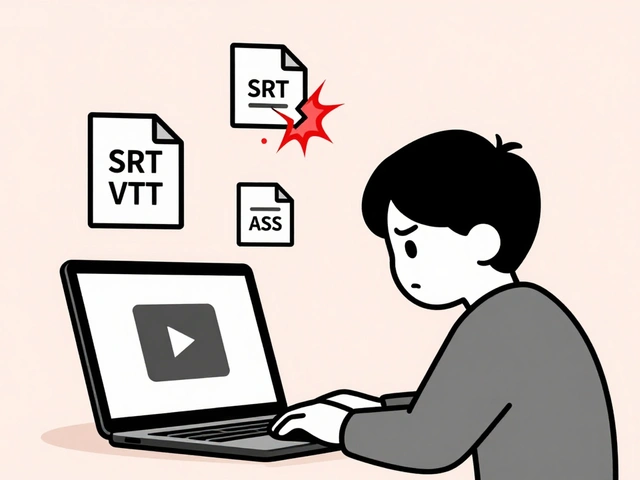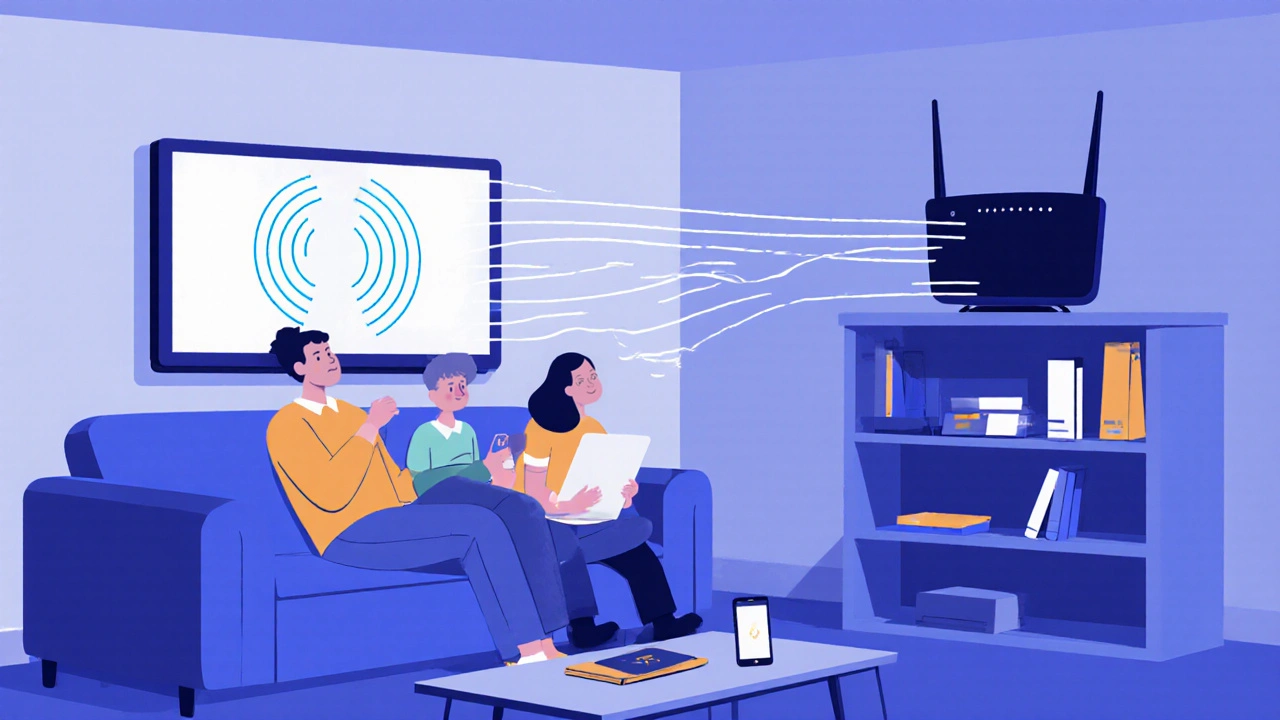Wi-Fi 6: Faster Speeds, Less Lag, and What It Means for Your Streaming and Video Work
When you’re editing a 4K video or streaming a movie with the whole family, nothing kills the mood faster than a buffering wheel or a dropped connection. That’s where Wi-Fi 6, the latest generation of wireless networking that boosts speed, cuts congestion, and handles more devices at once. Also known as 802.11ax, it’s not just an upgrade—it’s a reset for how your home network behaves under pressure. Unlike older Wi-Fi versions that got choked when five devices were online, Wi-Fi 6 uses smarter traffic control to keep everything moving. It’s like switching from a single-lane road to a six-lane highway with smart lights that don’t let cars pile up.
For video creators, Wi-Fi 6, the latest generation of wireless networking that boosts speed, cuts congestion, and handles more devices at once. Also known as 802.11ax, it’s not just an upgrade—it’s a reset for how your home network behaves under pressure. For video creators, upload speeds, how fast your files leave your device and hit the cloud matter just as much as download speeds. Editing on a laptop and saving to the cloud? Wi-Fi 6 cuts upload times by nearly half compared to Wi-Fi 5. Need to stream a live edit session? It keeps your feed stable even when your partner is gaming and your kid is watching YouTube. And if you’re using a mesh network, a system of multiple routers that work together to cover large homes, Wi-Fi 6 makes the handoff between nodes seamless—no more dead zones near the garage or basement studio.
It’s not just about speed. Wi-Fi 6 reduces network latency, the delay between sending a command and seeing a result, which is critical for real-time collaboration. If you’re working with a remote editor, syncing files, or using cloud-based tools like DaVinci Resolve or Adobe Premiere, lower latency means fewer freezes and less wasted time. Even your smart TV benefits—streaming apps like Netflix and Disney+ now detect your connection quality and adjust resolution on the fly. With Wi-Fi 6, you’re more likely to get 4K without the buffer.
And if you’ve ever tried to watch a movie while someone else downloads a game or updates their phone, you know how messy home networks get. Wi-Fi 6 fixes that with OFDMA, a technology that splits channels into smaller slices so multiple devices can talk at once. Think of it like ordering coffee: instead of waiting in one long line, you get your own small counter. No more waiting for your turn.
It’s not magic—it’s engineering. But the result feels like magic when your video renders in 10 minutes instead of 30, or when your kids can binge anime without killing your Zoom call. You don’t need to replace everything overnight, but if you’re upgrading your router this year, Wi-Fi 6 isn’t optional anymore. It’s the baseline for anyone who works with video, streams regularly, or just wants their home network to stop acting up.
Below, you’ll find real-world guides on how Wi-Fi 6 affects your streaming setup, editing workflow, and device performance—no theory, just what works.
16
Wi-Fi 6 and Wi-Fi 7: Do You Need Newer Routers for Streaming?
Wi-Fi 6 and Wi-Fi 7 improve streaming quality and reduce buffering. Learn whether upgrading your router is worth it for 4K and 8K content, smart homes, and fast internet plans.
Latest Posts
Popular Posts
-
 Why Subtitles Aren't Working: Fix Common Video Text Issues
Why Subtitles Aren't Working: Fix Common Video Text Issues
-
 App Layout Strategies: Organize Streaming Services by Genre and Use
App Layout Strategies: Organize Streaming Services by Genre and Use
-
 Breakout Indies at the Box Office: How Word-of-Mouth Made These Films Blockbusters
Breakout Indies at the Box Office: How Word-of-Mouth Made These Films Blockbusters
-
 Data Management: DIT, Backups, and Archival Best Practices for Video Teams
Data Management: DIT, Backups, and Archival Best Practices for Video Teams
-
 How to Cancel Paramount+: Step-by-Step Guide
How to Cancel Paramount+: Step-by-Step Guide


